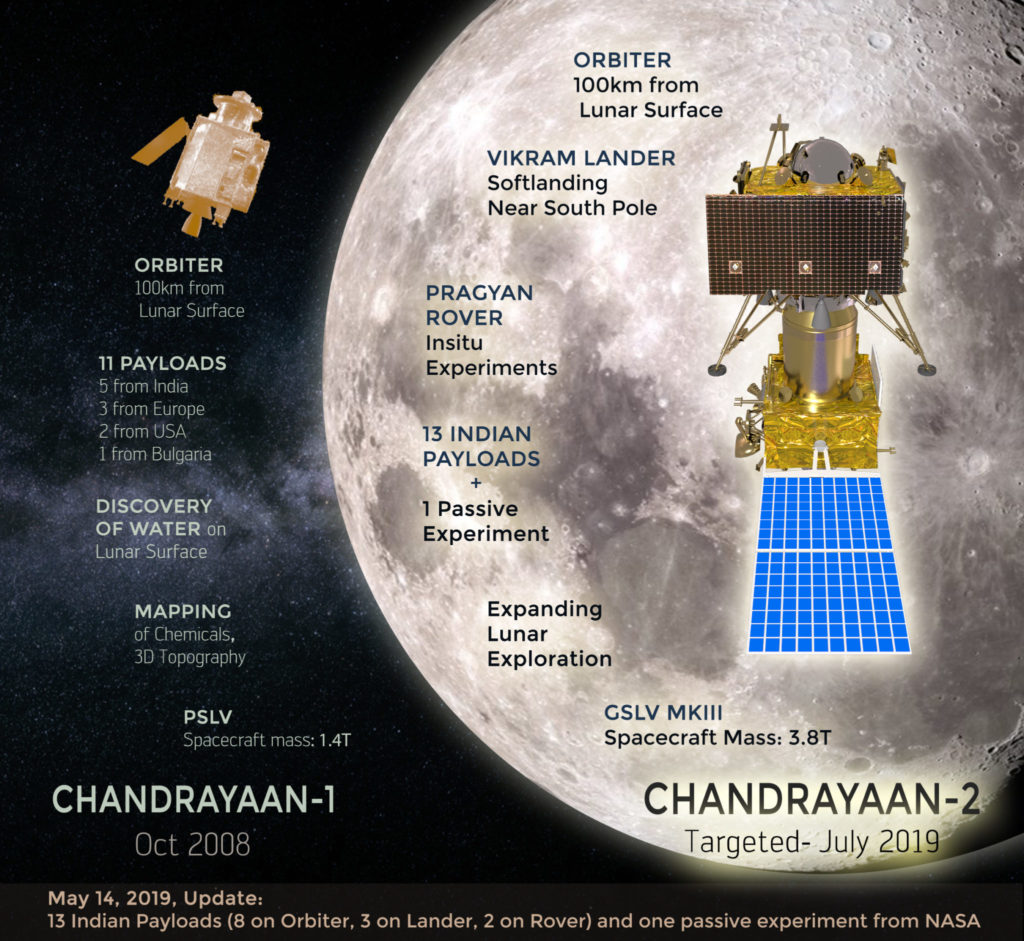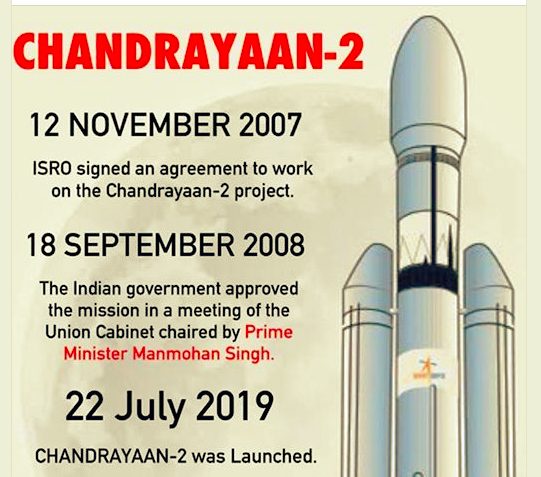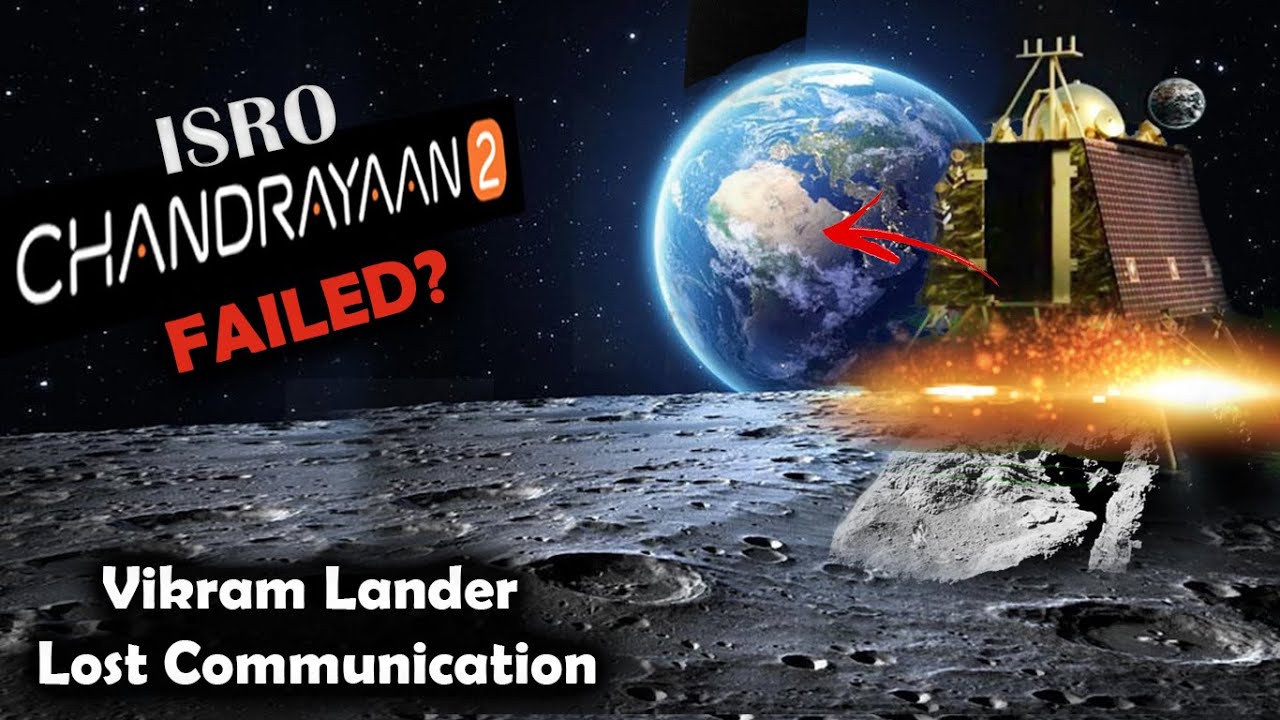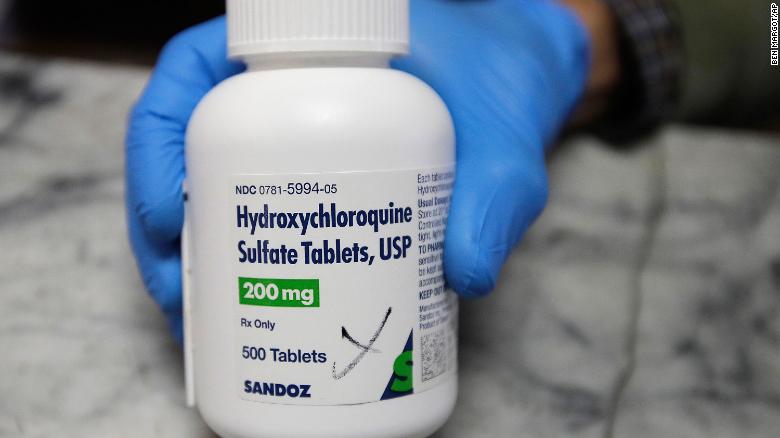In a major setback to India’s aspiration towards space program India’s Chandrayaan 2 mission lost communication with ISRO headquarters in Bengaluru after coming tantalizingly close to making a successful landing on early hours of Saturday.
The signal from lander Vikram was lost during the Fine Breaking phase of its descent when it was only a few kilometres away from the lunar surface, said ISRO chairman K Sivan.
Chandrayaan 2 covered the distance of 384,400 kms to the moon in the 48 days since the launch on july 22, with scientists meticulously performing 15 complex planned manoeuvres to guide it to its destination.
The descent of Vikram lander was as planned and normal performance was observed till 2.1 km. “Subsequently, the communication was lost. The data is being analysed,” said the Isro chairman.
Along with the scientists from the Indian Space Research Organisation, Prime Minister Narendra Modi and over 70 children across India were at the ISRO Telemetry, Tracking and Command Network in Bangaluru to watch the final moments.
Prime Minister Narendra Modi In a tweet posted minutes after, he added, “India is proud of our scientists! They’ve given their best and have always made India proud. These are moments to be courageous, and courageous we will be! We remain hopeful and will continue working hard on our space programme,” said PM’s tweet.
Messages of encouragements started to come in soon after from other leaders across the political spectrum, “We are proud of our scientists. They have created history. No need to lose heart. Our scientists have done a great job.” Delhi Chief Minister Arvind Kejriwal tweeted.
Earlier Vikram was attempting to land on the South Pole region of Moon where no other man made mission has gone before.
As the powered descent of the lander began at around 1.38 am, scientists at ISRO Telemetry Tracking and Command Network (ISTRAC) were buoyant, anticipating the soft landing.
They clapped and cheered as the moon lander completed the rough braking phase before the fine braking phase started. It was then that the scientists started becoming tense and went into a huddle. ISRO Chairman K Sivan was seen engaged in intense discussions with some scientists.

Chandrayaan 2 covered a distance of close to 384,400 kms to the moon in the 48 days since its launch on July 22, with scientists meticulously performing 15 complex planned manoeuvres to guide it to its destination.
India’s second mission to moon was launched from Sriharikota, Andhra Pradesh on July 22 at 2:43 pm on the 14-storey-tall GSLV Mark III. This was just a week after the launch was aborted at the eleventh hour when the system detected a “technical snag”.
Former ISRO scientists had told that the technical snag was a leak in the helium bottle in the upper cryogenic stage of the rocket.
The helium is used in cryogenic engines that use oxygen and hydrogen as fuel for pressuring the propellant tank to keep it from collapsing and to prevent the formation of bubbles.

To keep the lander’s date with the moon, the mission trajectory had to be replanned by the scientists after the delay.
Vikram Lander had successfully separated from #Chandrayaan2 Orbiter on September 2 at 1:15 pm. The orbiter will continue on its mission.
ISRO Chairman had made it very clear that complex landing process will keep the scientists tense, “Till the landing is complete, it will be terrifying.
Till now, we have not operated the systems on-board the lander, especially the propulsion system. This is the phase, including the powered descent, that we will be doing for the first time. That is why it is critical,” ISRO chairperson K Sivan had said after the spacecraft entered the lunar orbit.









